The next great eclipse is upon us, with viewers across North America witnessing the moon passing in front of the Sun. It’s an amazing experience, but also an opportunity to do science. Let’s talk about what we can learn from this momentous event.
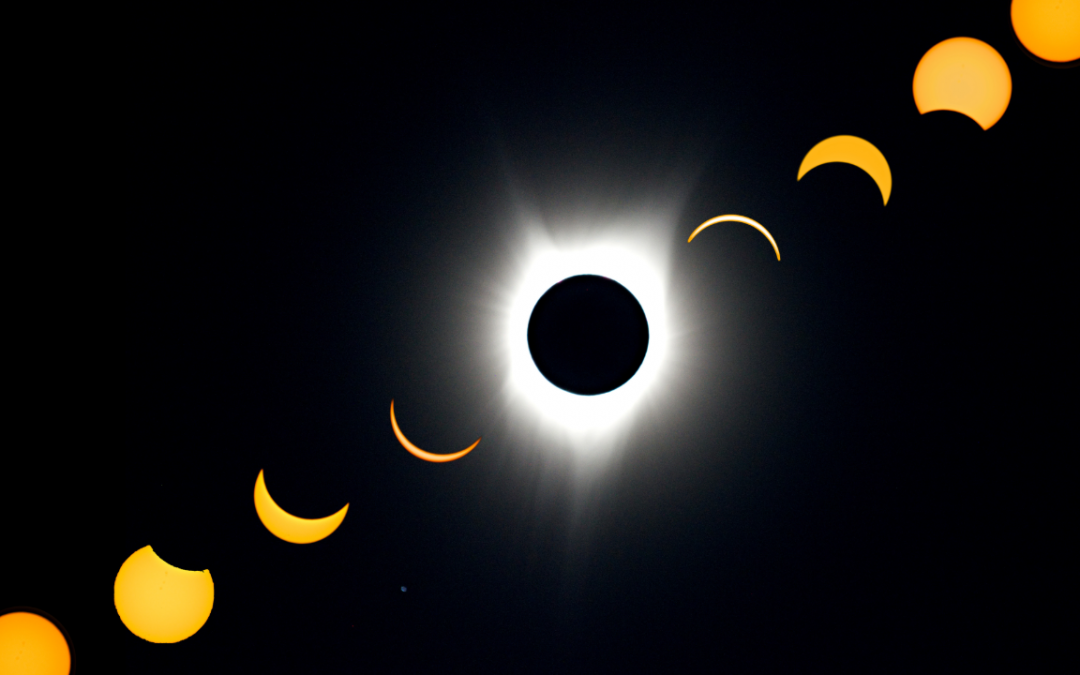

The next great eclipse is upon us, with viewers across North America witnessing the moon passing in front of the Sun. It’s an amazing experience, but also an opportunity to do science. Let’s talk about what we can learn from this momentous event.
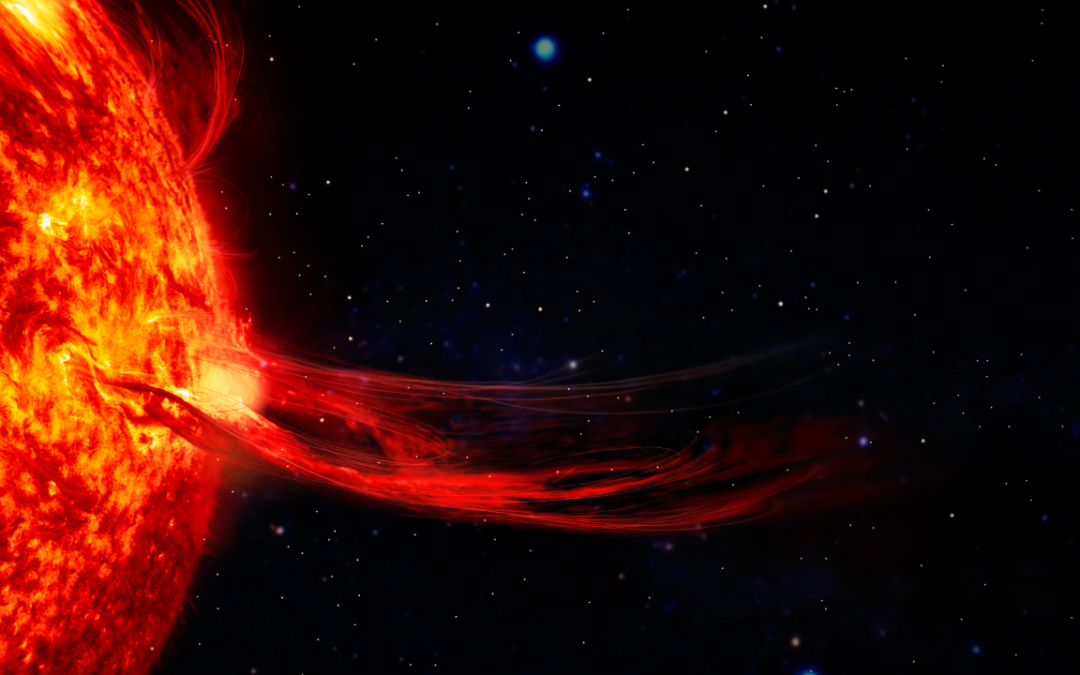
Solar cycle 25 is shaping up to be a doozy, with plenty of flares and coronal mass ejections blasting off the Sun. As the solar activity continues to rise, how are things shaping up?
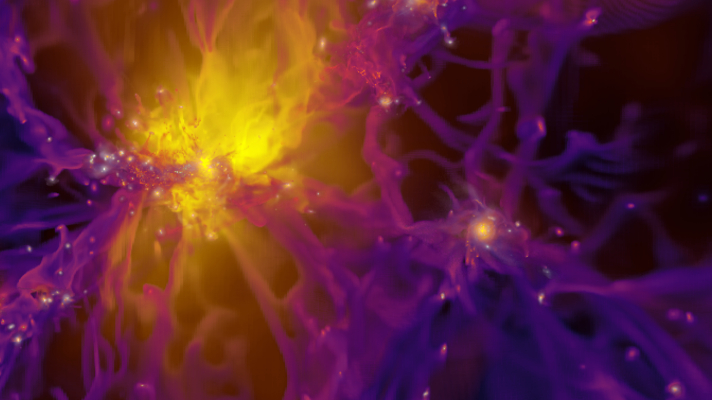
After the cosmic microwave background radiation was released, the Universe returned to darkness, cloaked in this clouds of primordial hydrogen and helium. Gravity pulled these vast clouds into the first stars, and then the first galaxies. This is Cosmic Dawn, and JWST will help us probe this mysterious time.
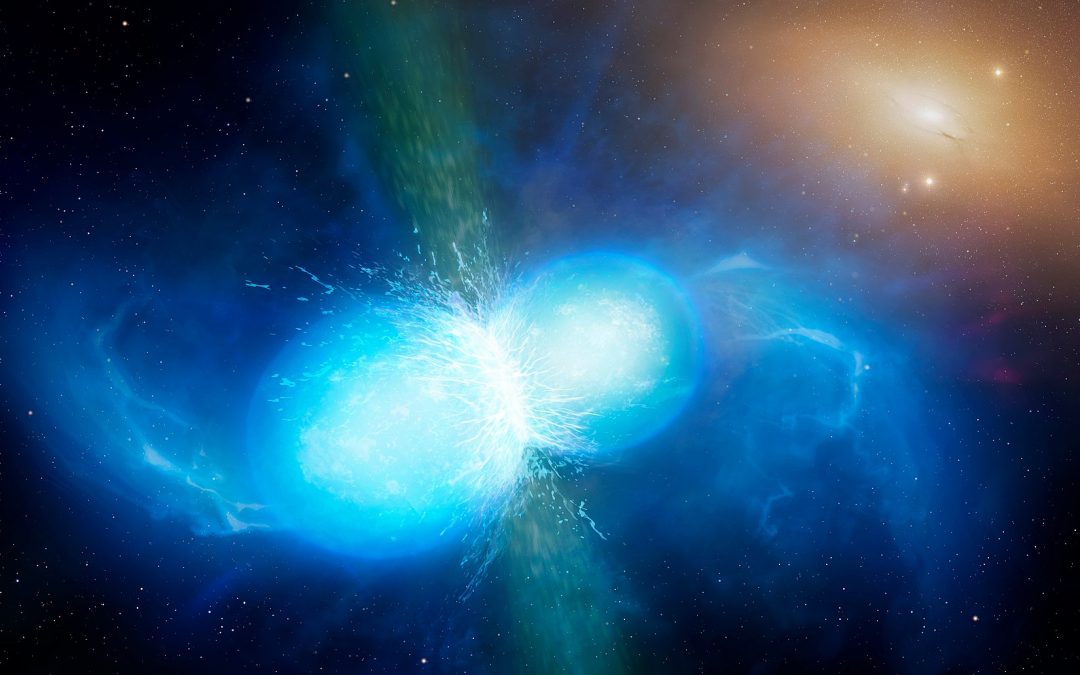
In 2017, astronomers detected the gravitational waves and electromagnetic radiation from colliding neutron stars. This had been long theorized as one of the causes of a certain type of gamma-ray burst. By studying the event and its afterglow, astronomers have learned a tremendous amount about the formation of the heaviest elements in the Universe.
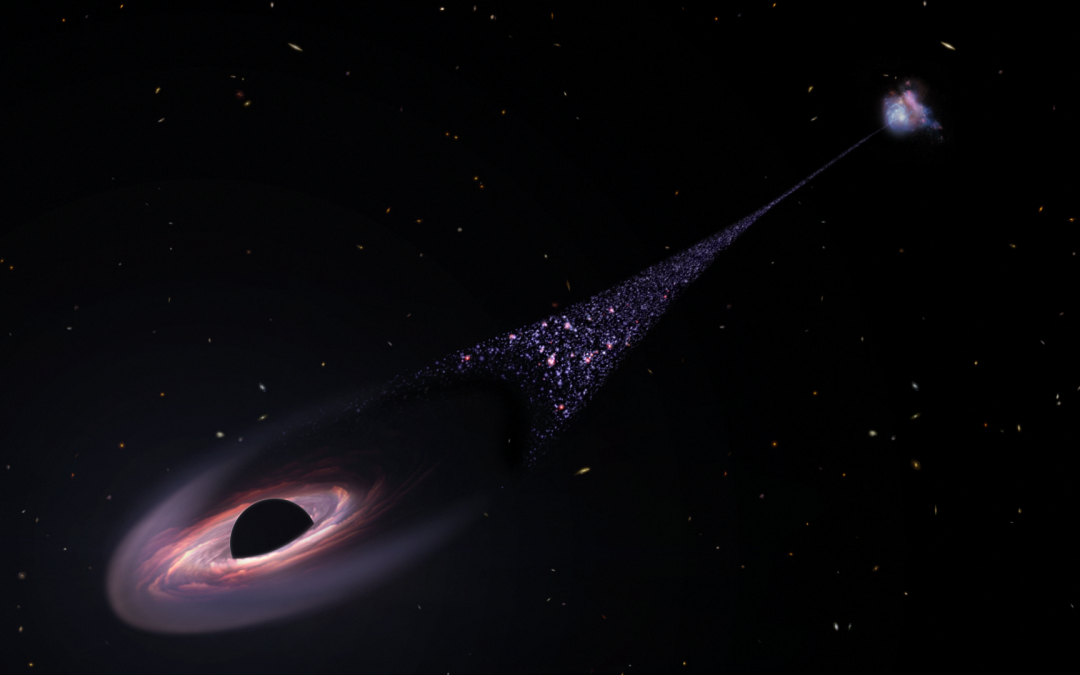
Last week we talked about rogue stars. This week we’re going to take things up a notch and talk about an even more extreme event. Rogue black holes. Astronomers recently discovered a supermassive black hole on an escape trajectory, leaving newly forming stars in its wake. It’s wonderful, terrible, nightmare fuel.
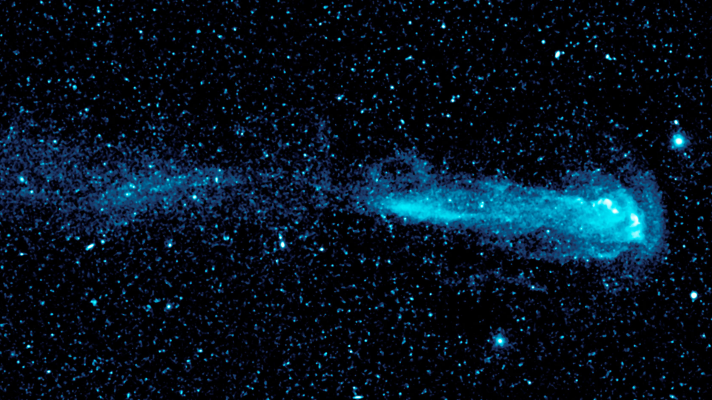
Most stars in the Milky Way are trapped in here with us, doomed to orbit around and around and around. But a few have found a way out, an escape into the freedom of intergalactic space. How do stars reach escape velocity, never to return?
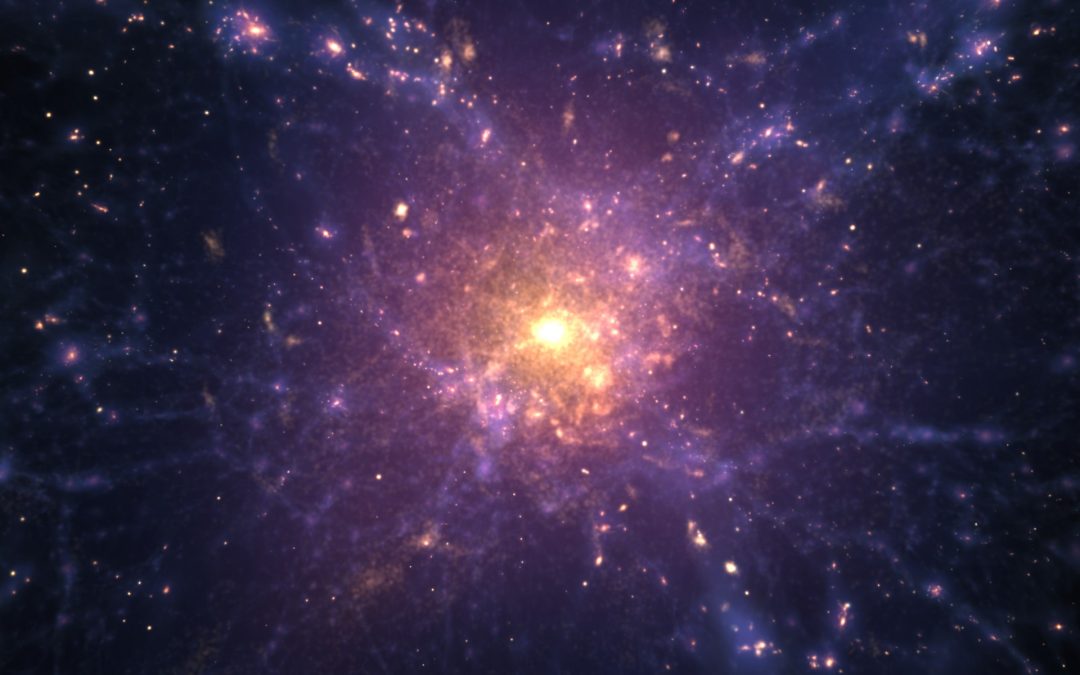
The Cosmic Microwave Background Radiation tells us so much about the Universe. After that era, the Universe went dark. Then, as gas pulled together into the first stars and eventually galaxies, light returned, beginning the Age of Reionization.
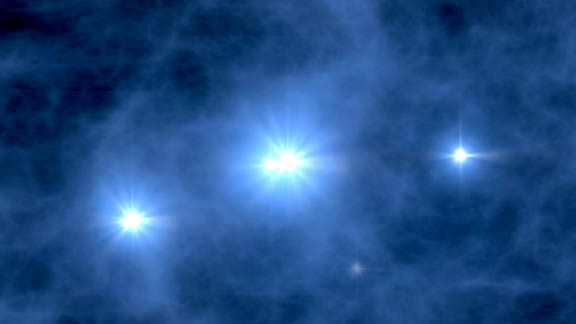
The Sun is a third generation star, polluted with the metals from long dead stars. Astronomers have also discovered second generation stars, with very low metallicity. But theories suggest there must be a first generation, with stars made from only pure hydrogen and helium. Can we ever find them?
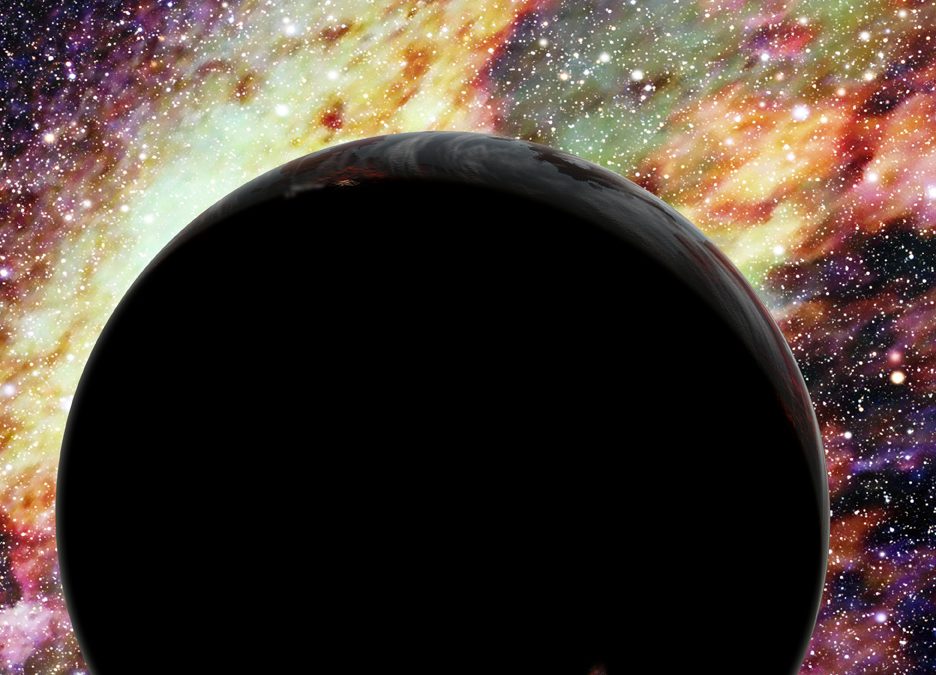
Moons orbit planets, planets orbit stars, stars orbit within galaxies. It’s orbits all the way down. But occasionally objects can receive a powerful kick that sends them off on a journey, never to return.
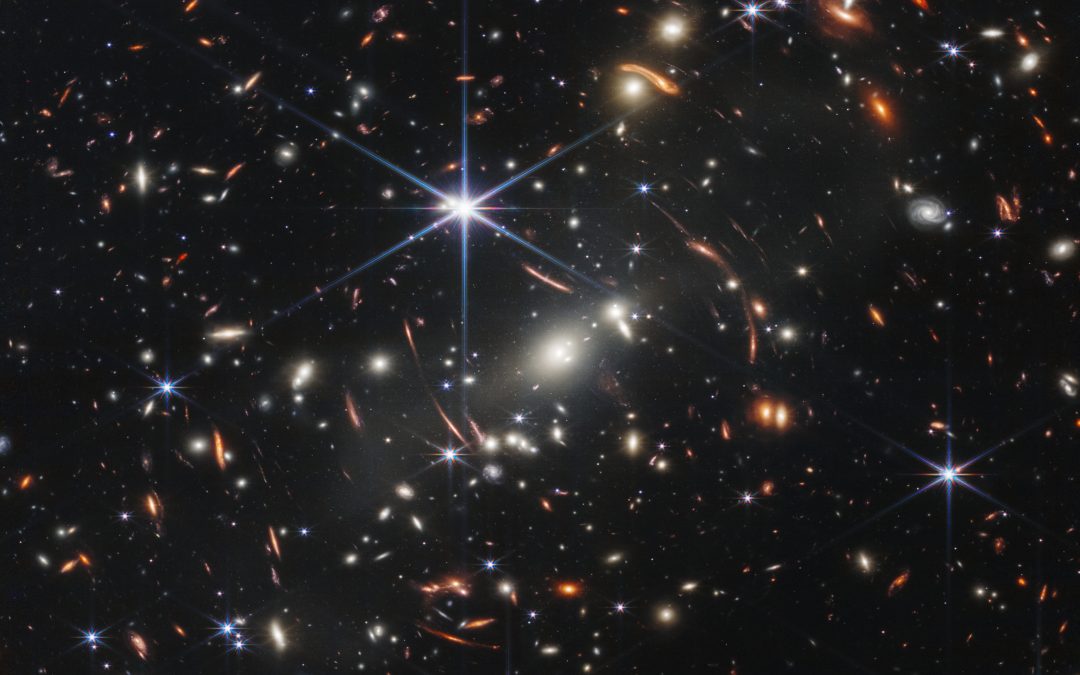
Well, this is it, we’re finally going to talk about the James Webb Space Telescope. After decades of development, delays and budget creep, the powerful infrared observatory is at its final home at the L2 Lagrange Point. Yesterday we saw the first scientific images from the telescope, and according to Pamela’s rules, we’re finally allowed to talk about it.
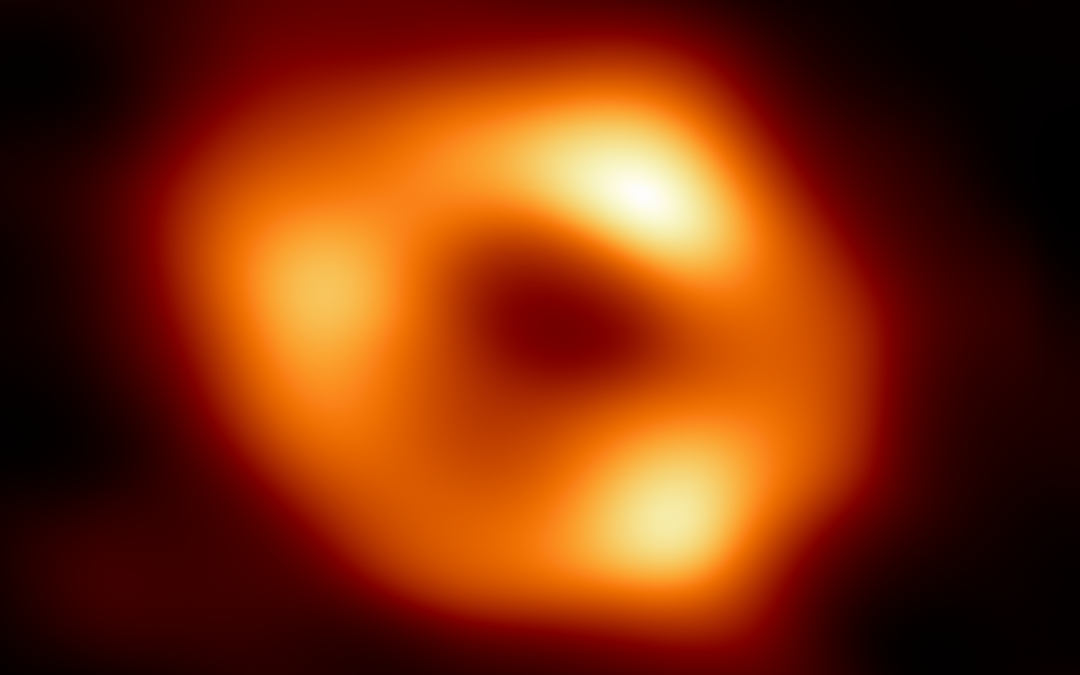
All the waiting is over, we’ve finally seen the image of the event horizon from the supermassive black hole at the heart of the Milky Way. Today we’re going to explain the picture, and what’s next for the Event Horizon Telescope.
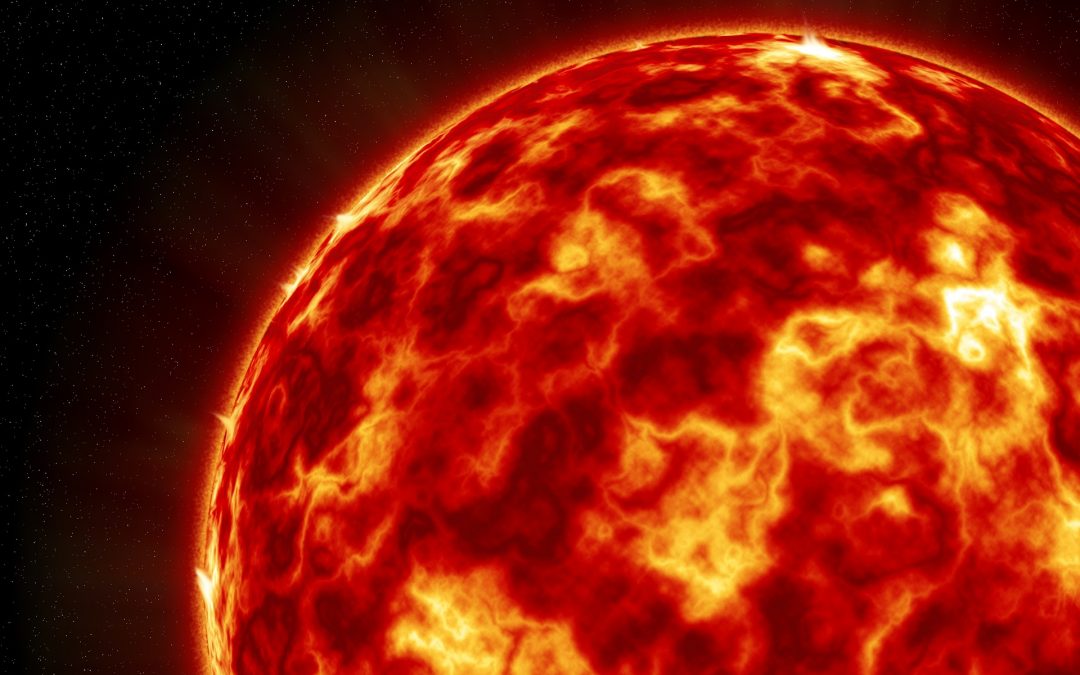
We’ve always assumed that we lived in a perfectly normal system with a normal star and normal planets. It’s all… normal. But with our modern understanding of billions of stars, just how normal is our Sun, anyway?
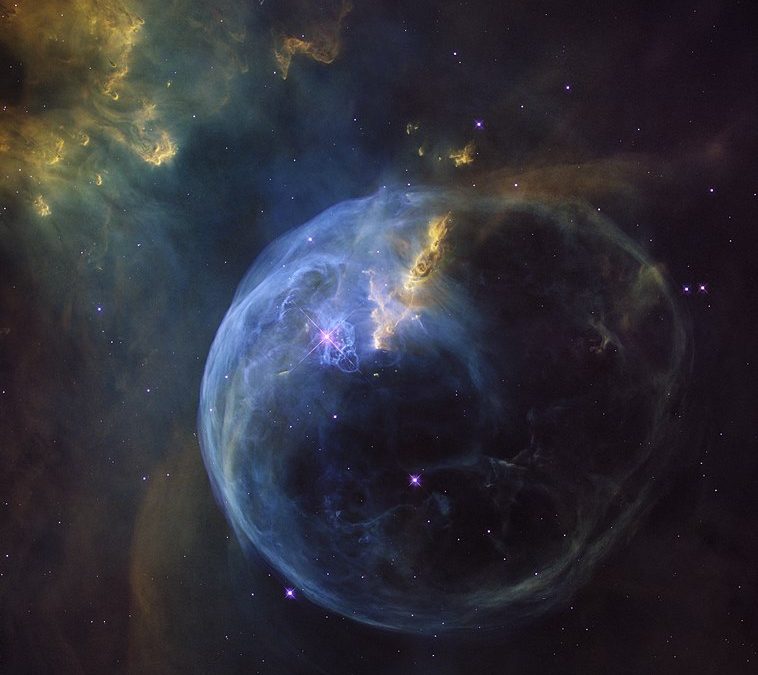
We think of space as a vacuum, but there are regions of different density. There are winds blowing from stars and other objects that clear out vast bubbles in space, and look absolutely fantastic in pictures. And might have been critical for Earth to even exist in the first place.
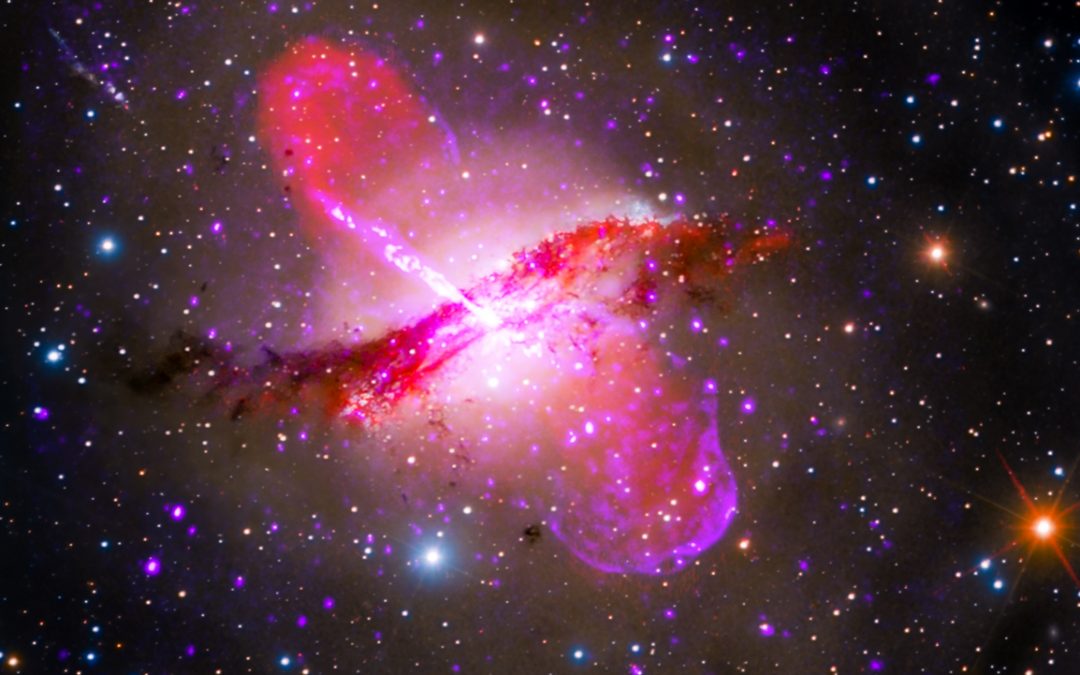
As astronomers look out across the Universe, they see various objects spewing jets of material light years into space. What causes these jets, and what impact do they have on the Universe.
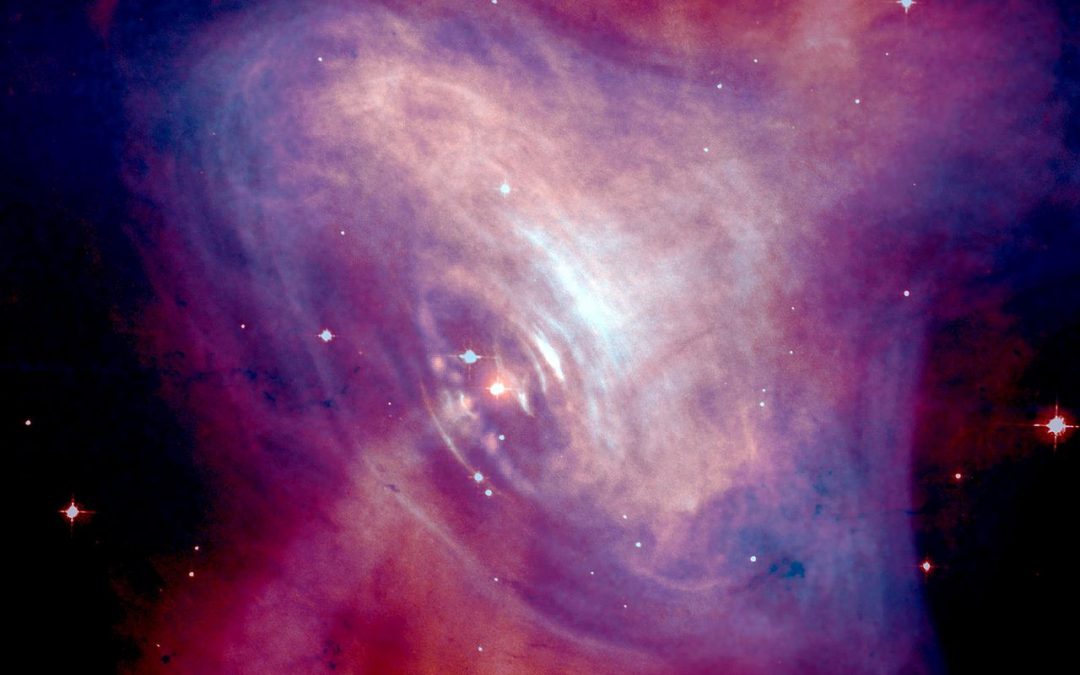
Pulsars are the rapidly spinning degenerate husks of dead stars, turning hundreds of times a second. But they’re also handy clocks, spinning with such certainty and accuracy that astronomers can use them for all kinds of stuff. We might even use them to navigate the cosmos.
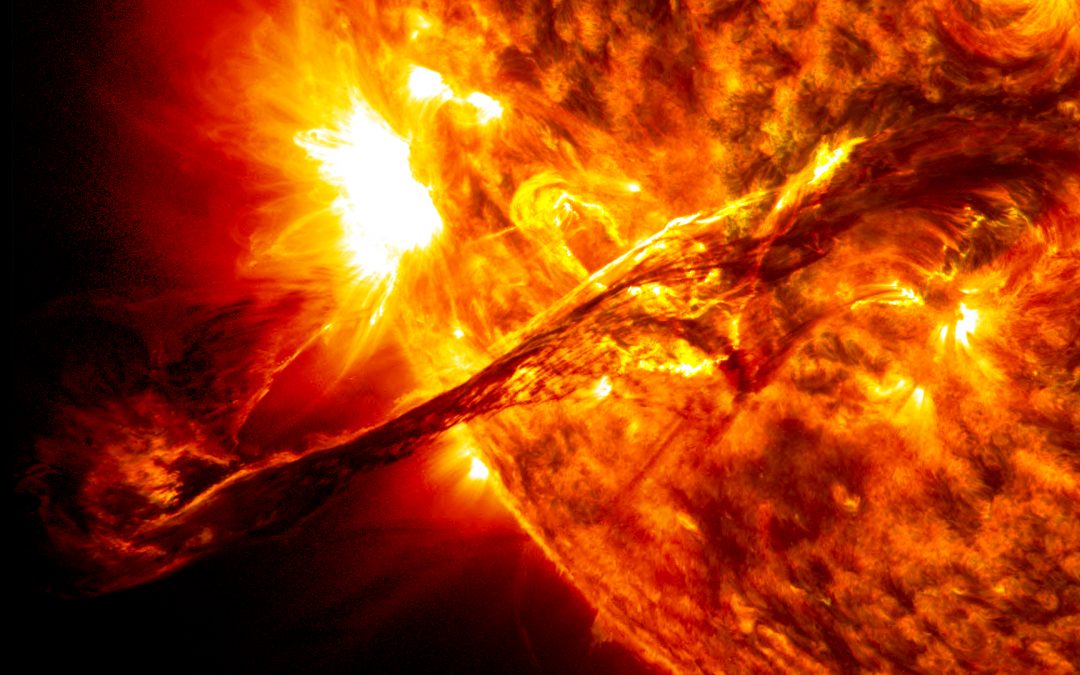
Once again, it’s time to take a look at the Sun. You know, ongoing thermonuclear explosion of fusing hydrogen that’s right over there. Fortunately, there’s a fleet of spacecraft and ground observatories ready to give our best ever view of the Sun.
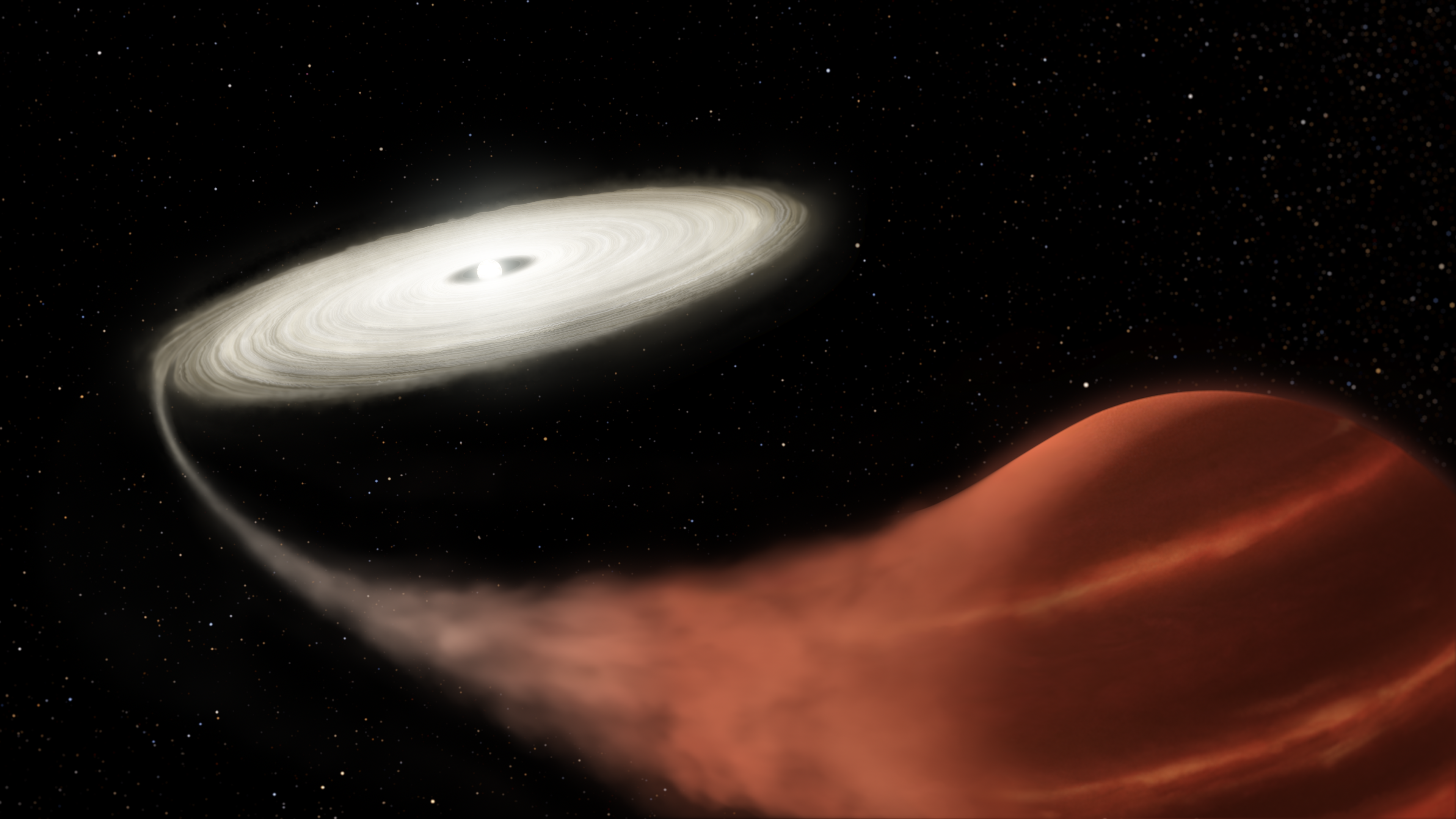
Stars often come in groups of two or more. And if they’re orbiting close enough to each other, one star can feast on the other. And when that happens, well, mayhem ensues.

This year’s Nobel Prize in Physics was awarded to three brilliant researchers who worked out some of the secrets of black holes. Today we’re going to talk about the chain of discoveries that led to this award.
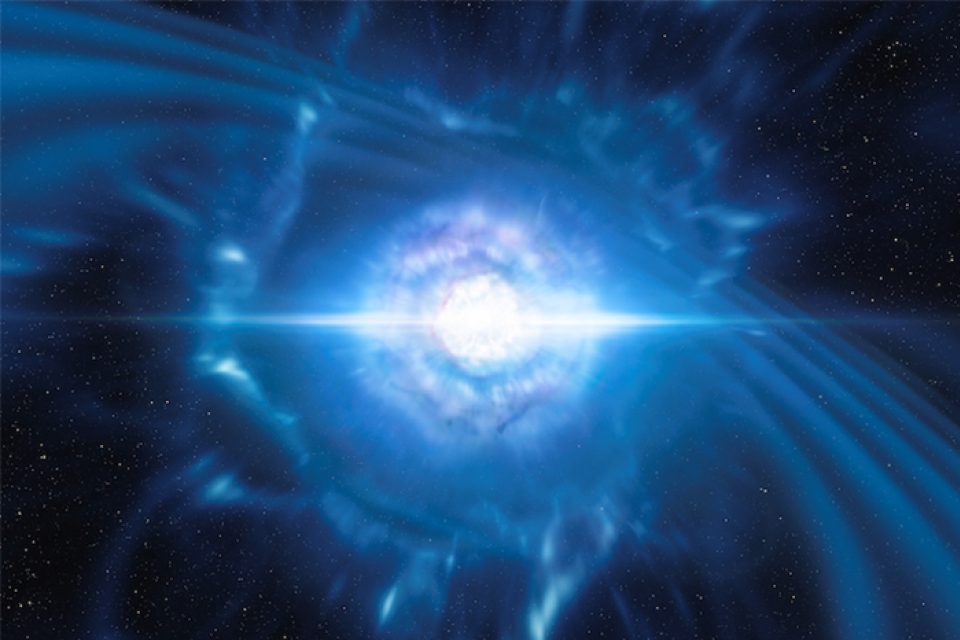
Don’t ever accuse us of not comprehensively covering every kind of exploding star. This week we gather up all the leftover ways that stars partially or fully explode, or don’t. Probably. Enjoy.
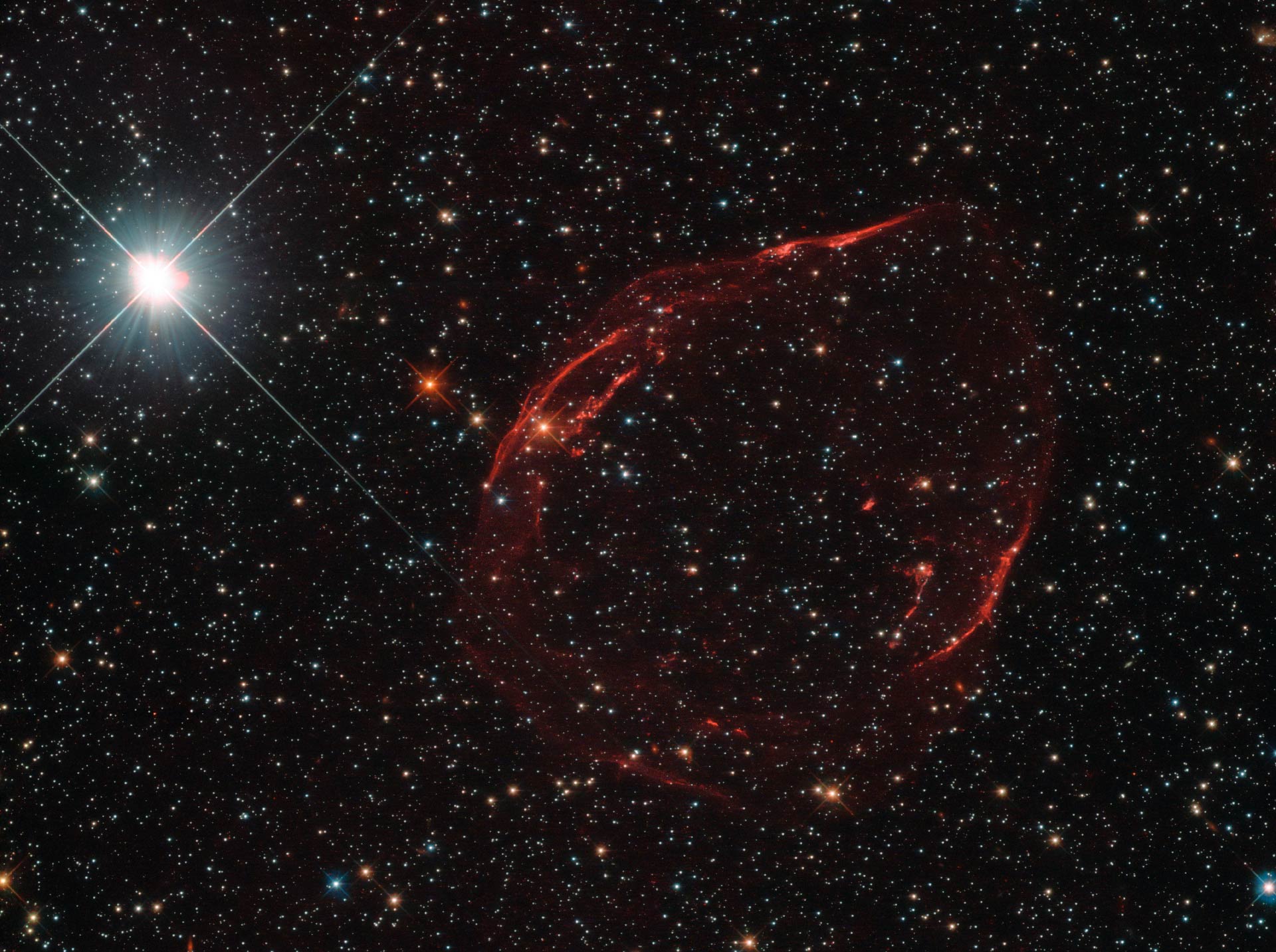
You’d think that a white dwarf star is the end of a stellar life. It’s all downhill from there. A long, slow cool down towards the end of everything. But in some situations, even dead stars can get exciting again, briefly becoming some of the brightest objects in the Universe. And just maybe, the last exciting thing that ever happens in the Universe.
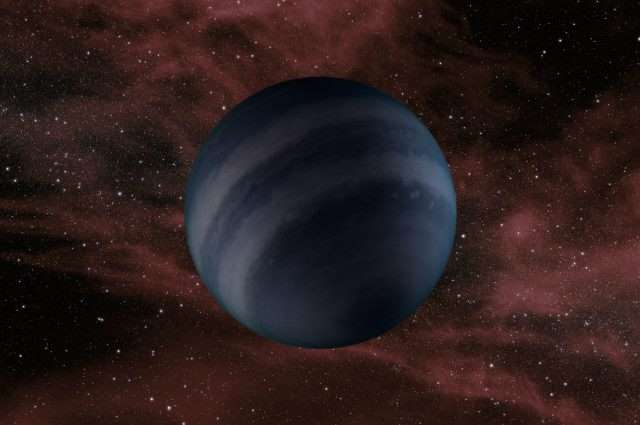
I’ve got some bad news for you: stars die. At some point in the next few billion years or so, our Sun is going to start heating up, using up all the fuel in its core, and then eventually die, becoming a white dwarf. It will then slowly cool down to the background temperature of the universe, becoming a black dwarf.
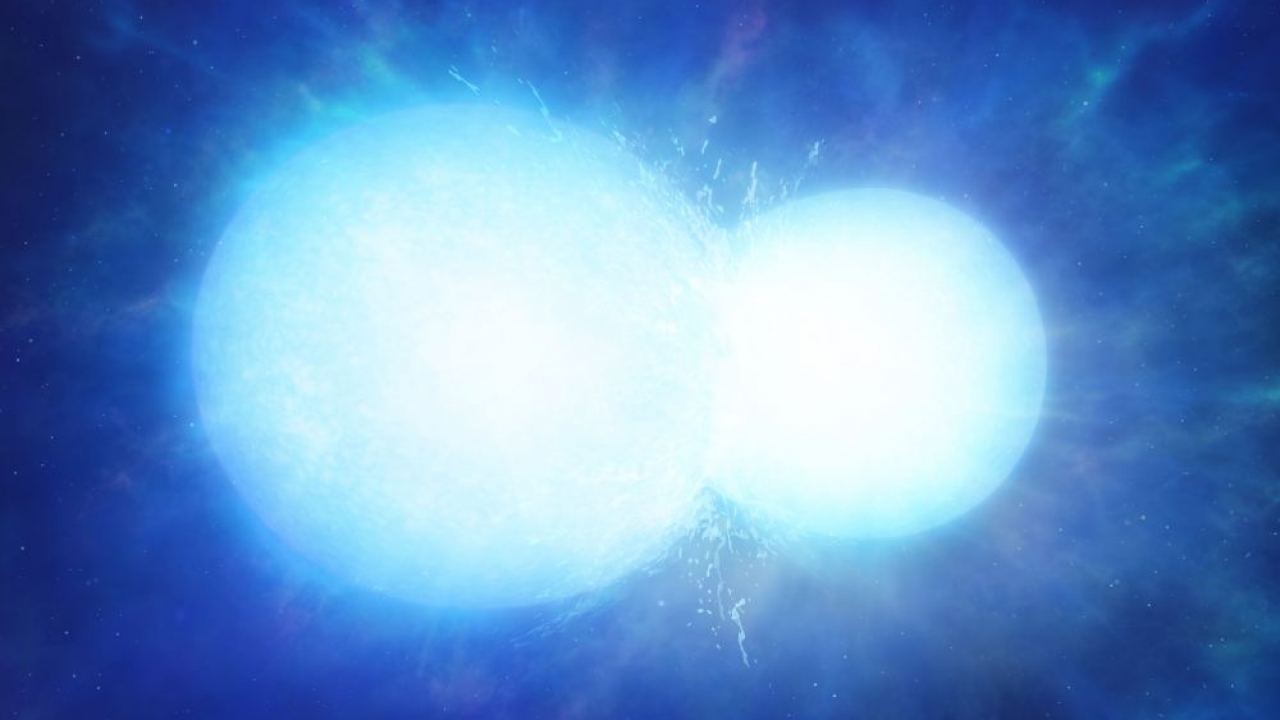
https://www.youtube.com/watch?v=vUiGEfdJsK4 White dwarfs are usually about 60% the mass of the Sun, so it was a bit of a surprise when astronomers found one that was almost exactly twice that. What happens when white dwarfs merge? Download MP3| Download Raw Show with...
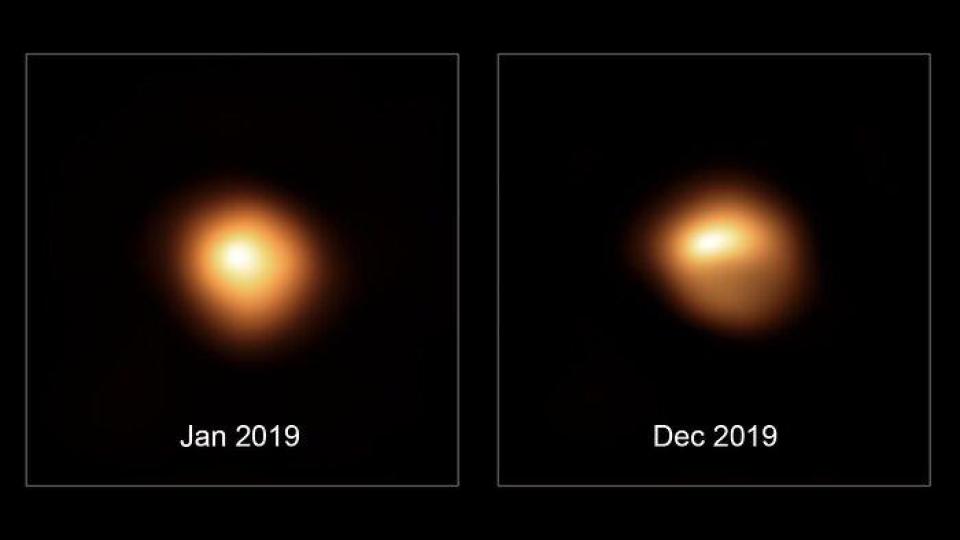
You might be surprised to hear that we’ve never done an episode of Astronomy Cast featuring Betelgeuse. Well, good news, this is that episode. Let’s talk about the star, why it might be dimming, and what could happen if it explodes as a supernova.
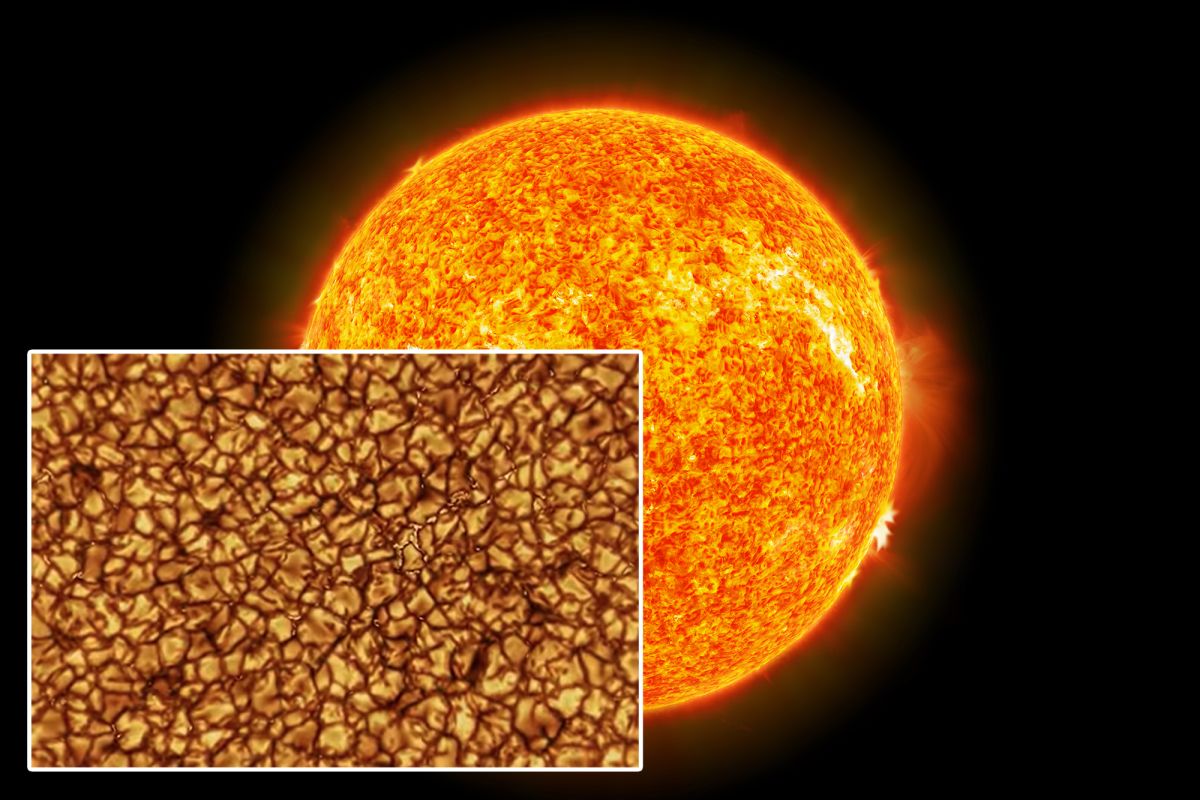
A brand new telescope has completed on Maui’s Haleakala, and it has just one job: to watch the Sun in unprecedented detail. It’s called the Daniel K. Inouye telescope, and the engineering involved to get this telescope operational are matched by the incredible resolution of its first images.

https://www.youtube.com/watch?v=JJQFrgxlmus We've been following this story for more than a decade, so it's great to finally have an answer to the question, why was supernova 2006gy so insanely bright? Astronomers originally thought it was an example of a supermassive...